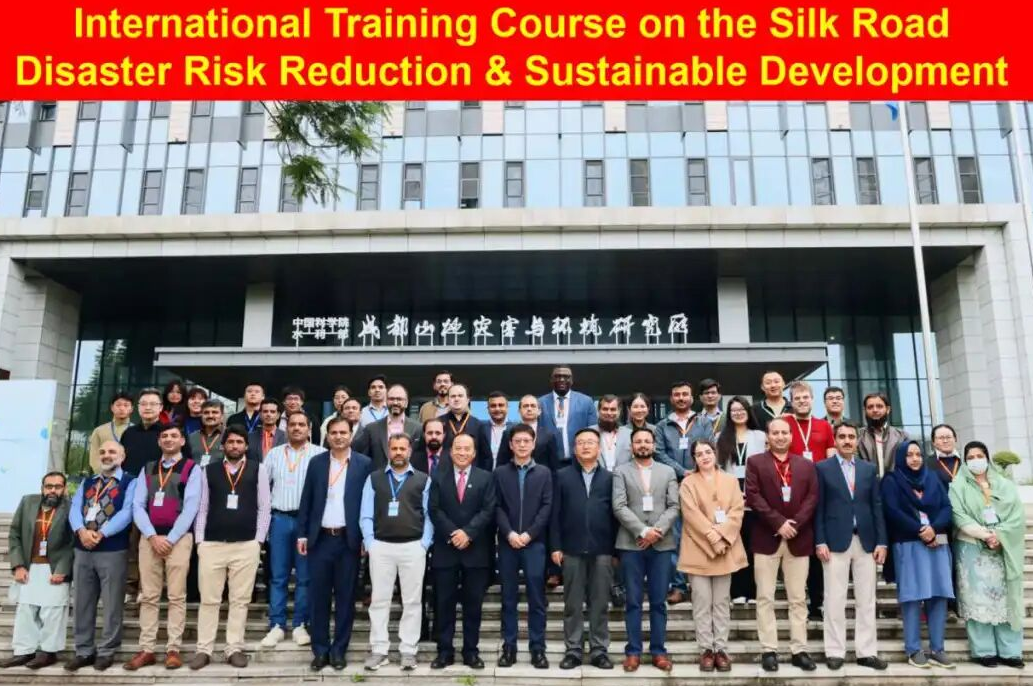IRDR ICoE-Taipei (Academy of Sciences located in Taipei) and National Science and Technology Center for Disaster Reduction released a publication last May 2014 on Forensic Investigation of Typhoon Morakot Disaster: Nansalu and Daniao Village Case Study. This study explored the causes of the Typhoon Morakot disaster based on proposed principles from forensic investigation of disasters. Typhoon Morakot severely devastated the southern areas of Taiwan in August 2009 and brought record‐breaking rainfalls causing large‐scale floods, landslides and debris flows. Indigenous tribes living in mountainous areas were the hardest hit, with massive damages to homes and heavy casualties.

This study compared two communities that were adversely impacted by debris flow in 2009: Nansalu Village in Kaohsiung City and Daniao Village in Taitung County. Through on‐site interviews, review of secondary data and cause effect analysis, this study was aimed at gaining understanding on how local residents found their own solutions in enhancing resilience at grassroots level. By comparing real situations after Typhoon Morakot, the learnt experiences extensively helped communities to take important decisions that brought deep reflections on how to adapt to extreme events after 2009.

the affected area (SWCB, 2008)

the affected area (SWCB, 2008)
FORIN approach provided basic guidelines that helped this research proceeding; the core of FORIN is to find root causes of the disaster, especially focusing on problems caused by social system that resulted in casualties or damages, the mistakes that could have been avoided which are the key points for people to learn. These findings could be useful for governments (or stakeholders) to strengthen or to adjust their policies or strategies on disaster mitigation and response.
Based on disaster studies, one of the key factors that keep residents safe in disasters is early evacuation, which was learned after Typhoon Morakot. Awareness of evacuation, timing of evacuation, how to evacuate, where to evacuate were major considerations for a successful evacuation. Thus, this report identified key factors of successful evacuation which included five directions: people, affairs, timing, shelter and mobility. The two villages in the case study now have their own evacuation strategies, and their ability and capacity of emergency response were improved.
Lessons learned from Nansalu and Daniao villages should be shared with other communities or villages with low risk perceptions. Mistakes or failures found from these case studies could set examples as “learning from disasters.”
Download Forensic Investigation of Typhoon Morakot Disaster: Nansalu and Daniao Village Case Study





